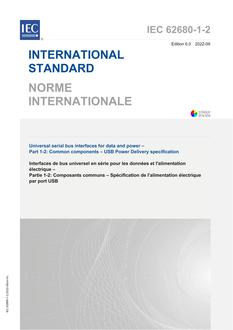
USB has evolved from a data interface capable of supplying limited power to a primary provider of power with a data interface. Today many devices charge or get their power from USB ports contained in laptops, cars, aircraft or even wall sockets. USB has become a ubiquitous power socket for many small devices such as cell phones, MP3 players and other hand-held devices. Users need USB to fulfill their requirements not only in terms of data but also to provide power to, or charge, their devices simply, often without the need to load a driver, in order to carry out “traditional” USB functions.
There are, however, still many devices which either require an additional power connection to the wall, or exceed the USB rated current in order to operate. Increasingly, international regulations require better energy management due to ecological and practical concerns relating to the availability of power. Regulations limit the amount of power available from the wall which has led to a pressing need to optimize power usage. The USB Power Delivery Specification has the potential to minimize waste as it becomes a standard for charging devices that are not satisfied by [USBBC 1.2].
Product Details
- Edition:
- 6.0
- Published:
- 09/01/2022
- ISBN(s):
- 9782832252888
- Number of Pages:
- 1580
- File Size:
- 1 file , 24 MB
- Note:
- This product is unavailable in Ukraine, Russia, Belarus